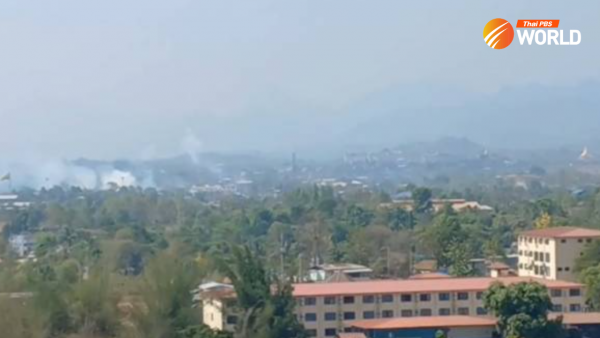Thailand’s first suspected infection by COVID-19 Omicron XJ strain found

The Medical Sciences Department announced the discovery of a suspected case of Omicron XJ variant today (Monday), in a Thai delivery man, and is awaiting for confirmation through more analysis and additional information.
The department chief, Dr. Supakit Sirilak, said that the case is definitely not Omicron XE, as earlier reported, and its genetic makeup is closer to that of the XJ variant, which was first detected in Finland.
Due to the nature of the deliveryman’s work, which puts him in contact with a lot of people, he said the 34-year-old may have contracted a mutated or hybrid variant, leading to the merging of different variants.
The patient in question, who was inoculated with Sinopharm vaccine, was diagnosed at a hospital on February 22nd and specimens were sent to the Medical Sciences Department to determine the genetic code.
According to information from the World Health Organization (WHO), the XE variant is 10% more transmissible than the BA.2 strain. There is still, however, limited information about its ability to evade the human immune response or about its severity.
The Omicron variant now represents 99.84% of all new COVID-19 cases in Thailand and, of these, 92.2% are of the BA.2 sub-variant.
Diagnoses of 1,933 cases, conducted by the Medical Services Department between March 26th and April 1st, show only three Delta cases, accounting for 0.16%.
Dr. Supakit said that the combining of two virus sub-variants or strains is meaningless, because the virus is naturally mutating all the time, unless the mutation leads to a strain which is capable of evading vaccines which would be a problem.
He said that there are several names for the combining of BA.1 and BA.2 sub-variants of Omicron, such as XA, XB, XC, XG and XH, due to their different genetic codes.






